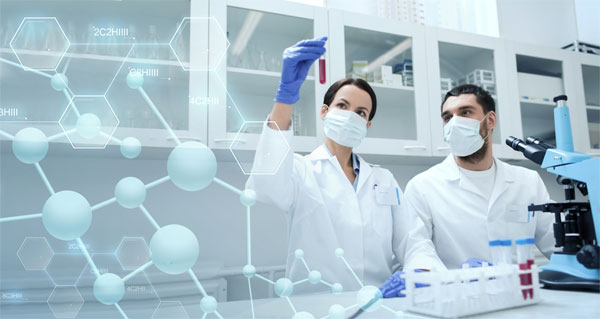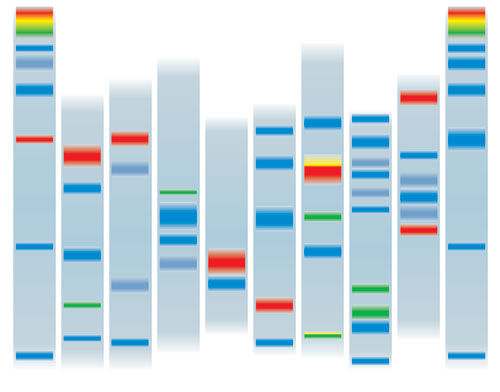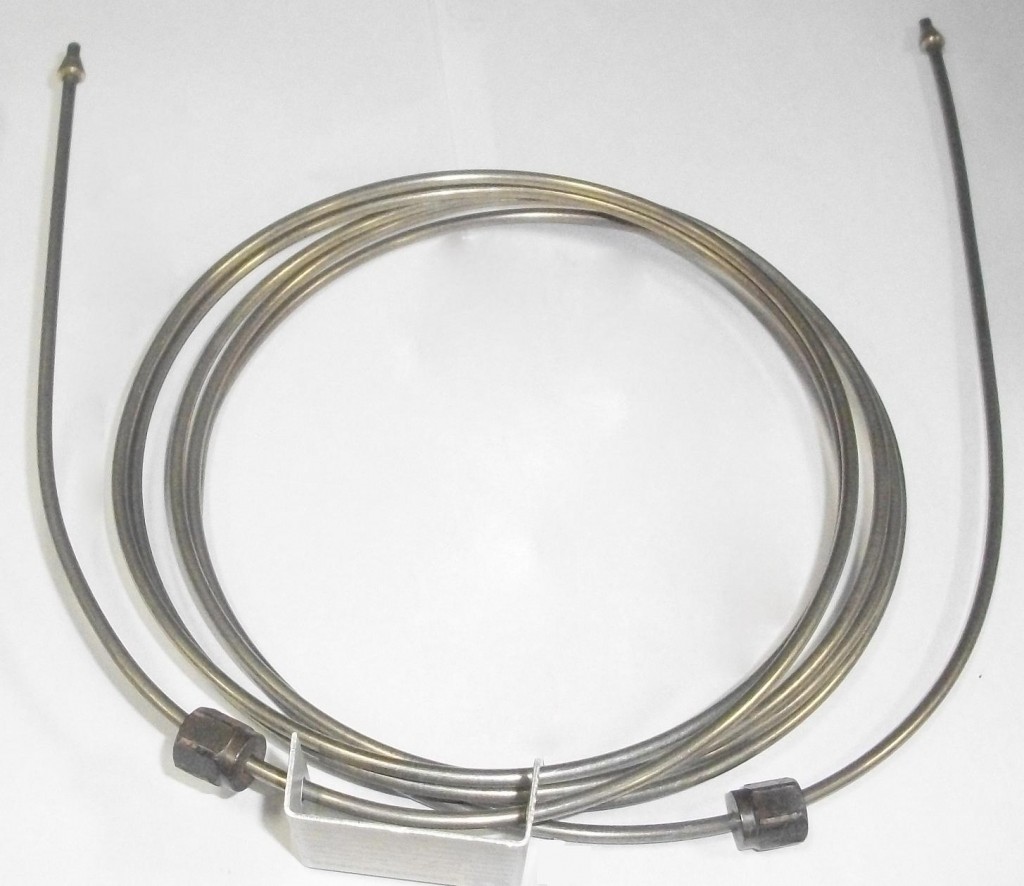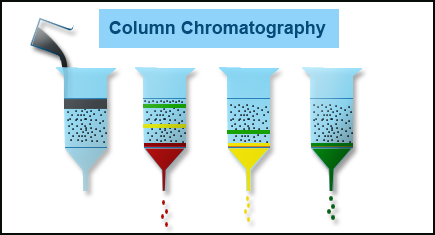Potential applications of HPLC in Clinical laboratories


High performance liquid chromatography or HPLC has played a significant role in clinical laboratories for separation and quantitation of bio markers in different body fluids. Ever since the 1970s liquid chromatography, gas chromatography and thin layer chromatography have provided analytical solutions in such laboratories. However, in the past few decades there has been a general shift towards HPLC in particular and more so towards mass sensitive detection over other conventional detectors such as UV, fluorescence and electrochemical detectors.
Advances in column packing materials technology such as sub-micron superficially porous silica particles introduced the ultra high pressure HPLC which improved separation efficiencies without encountering high backpressures. Introduction of micro-bore columns offered faster analysis times. A combination of other advances such as efficient autosamplers, reduced detector cell volumes and improvements in data collection and analysis contributed significantly to high sample throughputs in clinical laboratories. This is a key requirement in such laboratories which need to generate reports on hundreds of samples for multiple parameters on daily basis.
Clinical laboratories routinely handle hundreds of samples of biological fluids such as blood, urine and other body fluids. Efficient extraction processes are required to be coupled with rapid analysis to handle such heavy loads but without sacrificing quality of analysis as a patient’s treatment is dependent on the diagnosis by medical doctors based on such reports.
The article discusses briefly some common HPLC analysis applications in a clinical laboratories.
Biological samples require prior treatment and processing to remove interference from other constituents particularly in case of fluids such as blood. Conventional techniques such as solvent extraction, ultrafiltration and solid-phase extraction are employed to prevent interferences in detection and also to prevent blockages inside columns.
Catecholamines
Catecholamines act as neuro-transmitters and adrenal gland hormones. Norepinephrine, epinephrine and dopamine are typical examples which can be used for diagnosis of diseases such as Parkinson’s disease, hypertension and muscular dystrophy. HPLC provides a convenient and fast analytical approach in detection of catecholamines in samples of urine or plasma using electrochemical or fluorescence detection. Fluorimetric detection post derivatization with a fluorimetric agent also offers a sensitive detection option.
Diabetes Monitoring
Diabetes results from resistance to or inability to produce insulin. HPLC has proved to be a valuable monitoring technique for glycaemic control through accurate quantitative estimation of glycated haemoglobins. Blood spots collected on special paper and dried can be analysed subsequently after collection even after two weeks by HPLC for haemoglobin HbA1c. The method offers high sensitive detection for long-term glucose control of a patient.
Vitamins
Vitamins play a vital role in normal functioning of the human body. These occur in small quantities in the body and HPLC provides a sensitive and reliable estimation technique after removal of interfering compounds present in body fluids such as blood and cerebrospinal fluid.
Today LC/MS/MS has made a cutting edge over other methods such as immunoassay for routine estimation of vitamins, hormones and other biomarkers. The cost of such advanced analytical techniques are prohibitive but due to the advantages of ultrahigh sensitivity and capability to handle heavy workloads the returns on investment are recovered easily by high throughput clinical laboratories through high profits, higher confidence and prompt services to patients.






HPLC machine for clinical biochemistry laboratory